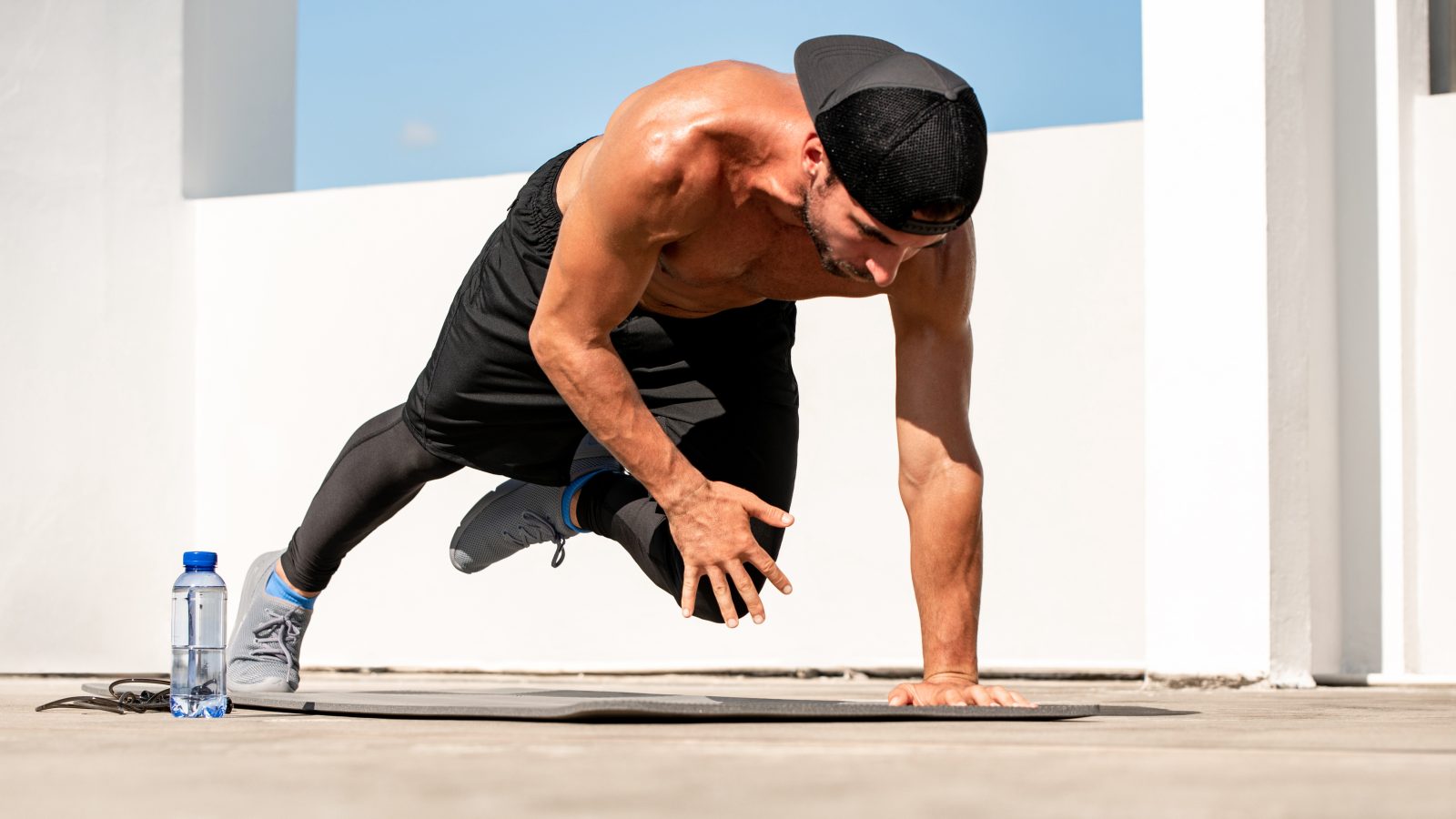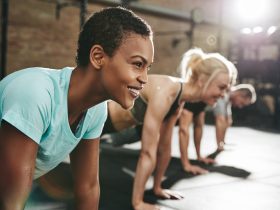Since knee pain affects people of all ages, it’s crucial to engage in regular knee-strengthening activities if you value your knees’ health. Knee pain can hit young women as early as their teens, putting an end to a potentially successful (or at least enjoyable) sporting career. It’s a frequent running injury that happens after a lot of miles on the road.
Knee discomfort can develop slowly with age, and there are several potential causes, including anatomical abnormalities and genetics. Knee pain can afflict people of any age, although it is especially frequent in elderly people, often as a result of arthritis. Osteoarthritis (OA), a musculoskeletal ailment, is the most common type of arthritis that causes knee discomfort.
Athletes are at increased risk for knee discomfort because of the stresses they place on their bodies on a daily basis. Common complaints about this complicated joint include iliotibial band syndrome, tendinitis, and runner’s knee, although there are many more potential problems that might affect it.
Causes of aches in the knees
Accidental injuries
The following are some of the more frequent knee accidents: injury to the meniscus damage to the anterior cruciate ligament, as well as tendinitis, bursitis, and loose bodies are the symptoms. The disorders known as Osgood-Schlatter, kneecap dislocation, iliotibial band syndrome, and plica syndrome are among the conditions that can result.
Arthritis
There are numerous ailments and types of arthritis that can cause knee pain, including the following: Lyme disease, osteoarthritis, rheumatoid arthritis, gout, and reactive arthritis are all forms of arthritis, as well as ankylosing spondylitis, caused by lupus, arthritis caused by psoriasis and arthritis caused by infection.
Strengthening exercises for the knees
Even if you are only experiencing knee discomfort on one leg, it is still in your best interest to perform these knee-strengthening exercises on both legs. This will make it possible to strengthen the knee equally, and it might even help the knee sustain itself even better.
In addition, if you are experiencing any pain, you should immediately cease completing the knee strengthening exercises and speak with your primary care physician, a physical therapist, or a personal trainer to ensure that you are performing the leg exercises in the correct manner.
Starting a workout routine
Hip adduction
Get down on the floor and lie flat. Maintain a knee bend and a firm footing. To relieve tension between the knees, use a small pillow, lightweight ball, or foam roller. Pull the legs toward the thing you’re holding and squeeze for five to ten seconds. Let go, and do this again 10–20 times. As a result, you’ll have more robust muscles on the inside of your thighs and in your knees.
Hip raise
You can also strengthen your glutes by doing this motion. Get down on the floor and lie flat. Put your heels near your buttocks. Lift the hips toward the ceiling by pressing through the heels, and hold for five to ten seconds. Let go, and do this again 10–20 times. The hamstrings, which stabilize the knees, will benefit from this.
Straight leg raise
Do a back float. Lay down and spread your legs. Raise your right leg so that your knee is roughly a foot off the ground, and hold that position for 10 seconds. Maintain a firm midsection. If you wish to keep your back from arching, you might find it helpful to put your hands under your lower back for support. Make sure your quadriceps are active. The quadriceps, the core, and the knees will all benefit from this. On both sides, repeat five times.
Quadriceps strengthener
Do a back float. Put a tiny foam roller or a rolled-up cloth under your knee. Straighten your knee by contracting your thigh muscles and holding the position for five seconds. Release. Ten times on each side, then switch. The knee will benefit from this because it will strengthen the quadriceps.
Workout for the advanced
Front stepping lunges
Distance your feet to hip-width. Keep a comfortable distance in front of you at all times. Put your right foot in front of you and lunge forward. Again, make sure your knee does not go past your ankle, and put your weight on your heels to get the most out of this exercise. You can then use your heel to propel you back to the initial posture. Flip it over and do it again. You need to keep your head up and your back straight.
Backward stepping lunges
Distance your feet to hip-width. Keep lots of space behind you. With your right foot, take a backward step and lunge down, being careful that your knee doesn’t go past your ankle. Return to the initial position by kicking off with your heel. Flip it over and do it again.
Step-ups
Look around for a sturdy surface, like the first or second stair, or a fitness bench, upon which you may step up without risking injury. Check the stability of the surface you intend to step on. To begin, spread your feet hip-width apart. First, put your right foot on the bench or step, then your left. After lowering yourself with your right foot, the next person should do the same with their left foot, and so on.
Single leg squat
Place your feet hip-width apart. First, we’ll put our weight on the right foot. Keep your heel down and your weight distributed evenly. Keeping your equilibrium requires you to put your left toe on the ground first and look straight ahead at a fixed object. When you’re ready, raise your left foot and stretch your left leg in front of you while you sit back on your right leg. Lower yourself as much as you can while simultaneously pushing your butt back, as if you were sitting on a chair.
Squats
Place your feet roughly hip-width apart and tuck your pelvis ever-so-slightly. Squat down, butt well back, as if you were going to sit on a chair, and put all your weight on your heels. Maintain a tall, upright posture. Perform ten to twenty sets. For a more challenging variation, sink lower, but no lower than parallel with the floor.
Relieving ache in the knees
When knee pain strikes, your knees are practically begging for some TLC. Resting and protecting your knees from further strain is paramount. Avoid high-impact activities that exacerbate pain and consider using supportive braces or wraps to provide stability and reduce stress on the joint.
Ice and heat therapy can work wonders for knee pain, but they serve different purposes. Applying ice within the first 48 hours of pain onset can help reduce inflammation. Use a cold pack for 15-20 minutes every few hours. After the initial inflammation subsides, switch to heat therapy to relax muscles and increase blood flow.
Non-prescription pain relievers like ibuprofen or naproxen can provide temporary relief by reducing pain and inflammation. Always follow the recommended dosage and consult your doctor if you have any underlying health conditions or concerns.
Incorporating knee-strengthening exercises into your routine doesn’t have to be a daunting task. By taking small steps and gradually increasing the intensity, you’re on your way to enjoying pain-free and stronger knees.
















Find Us on Socials